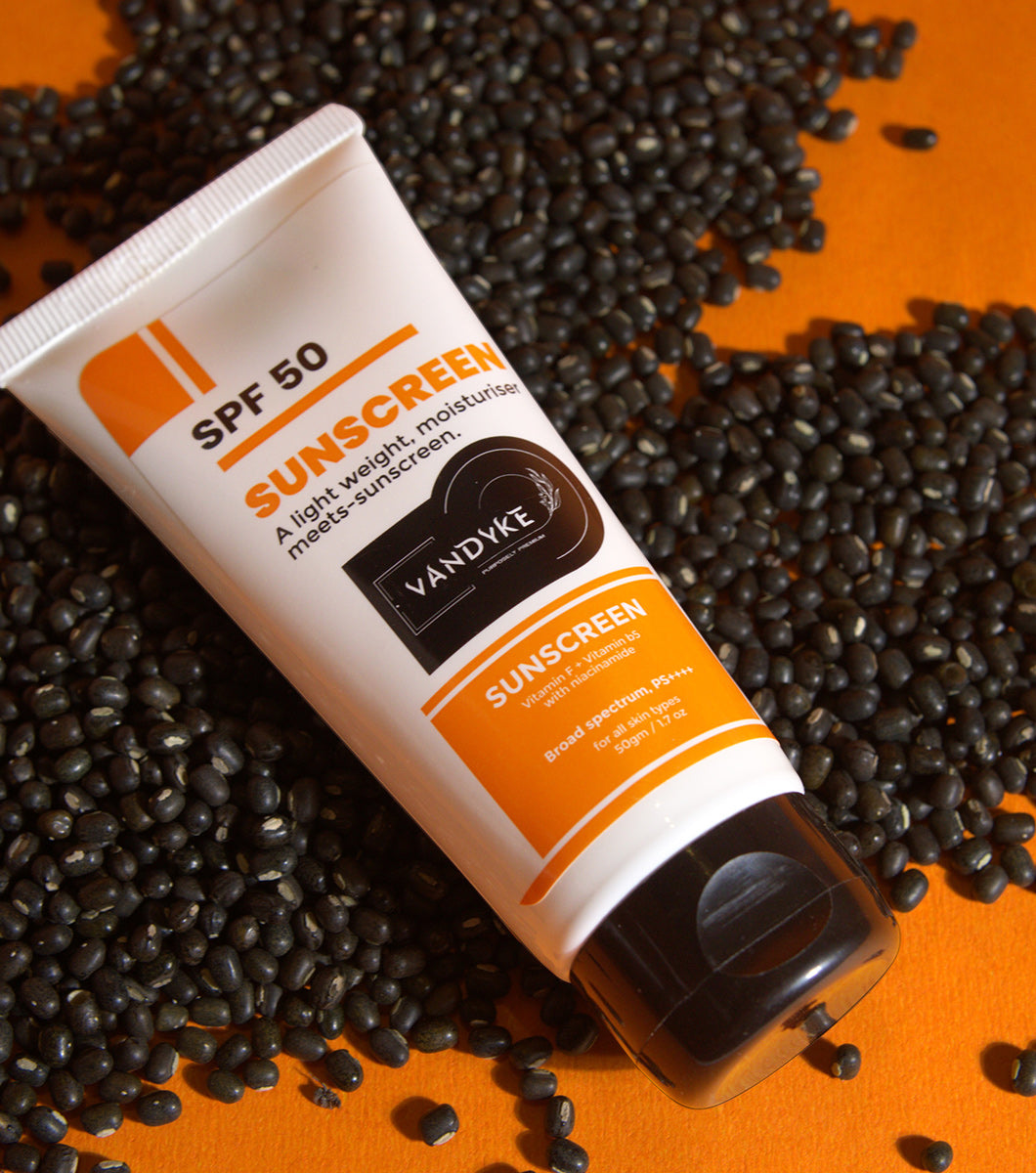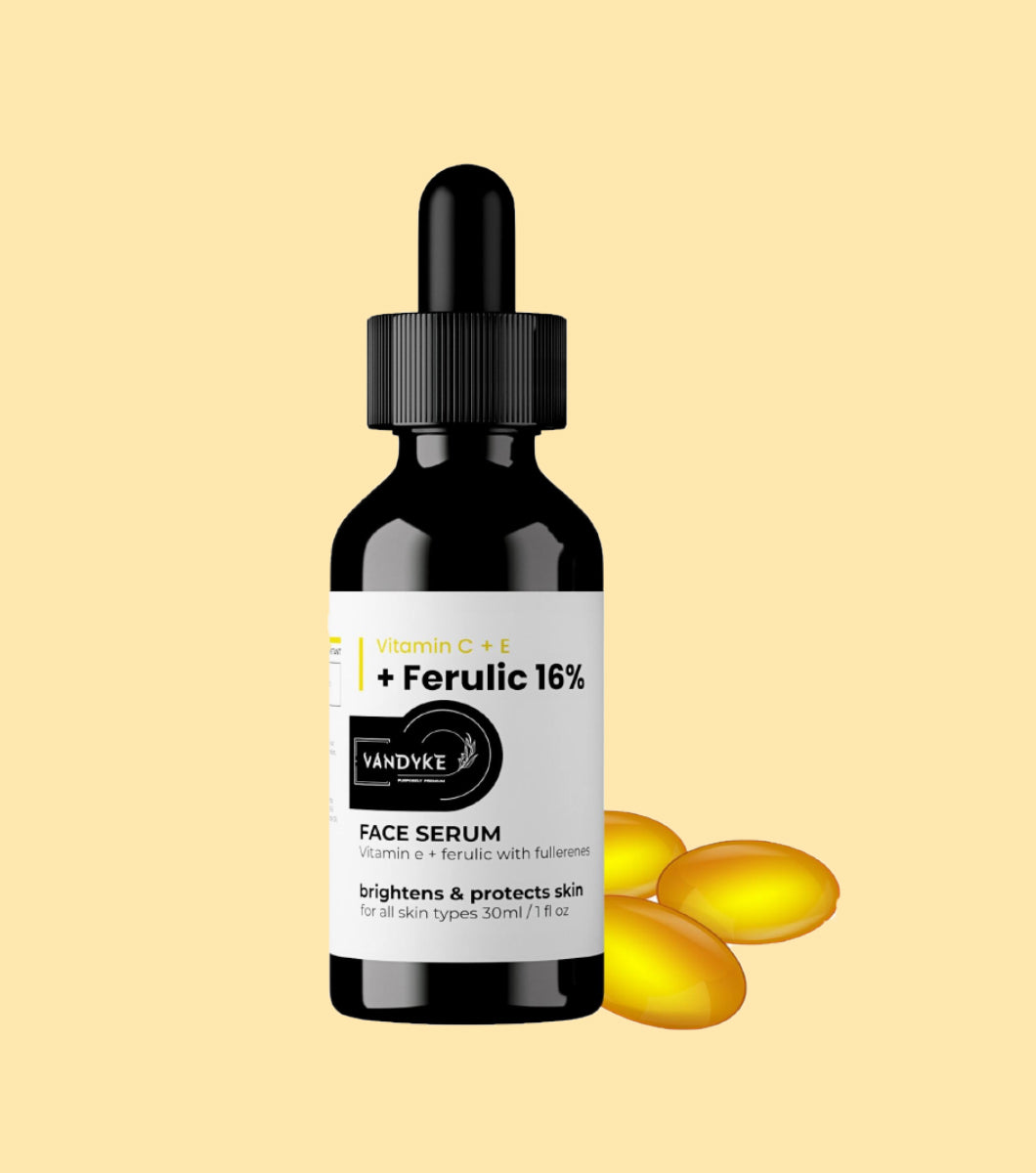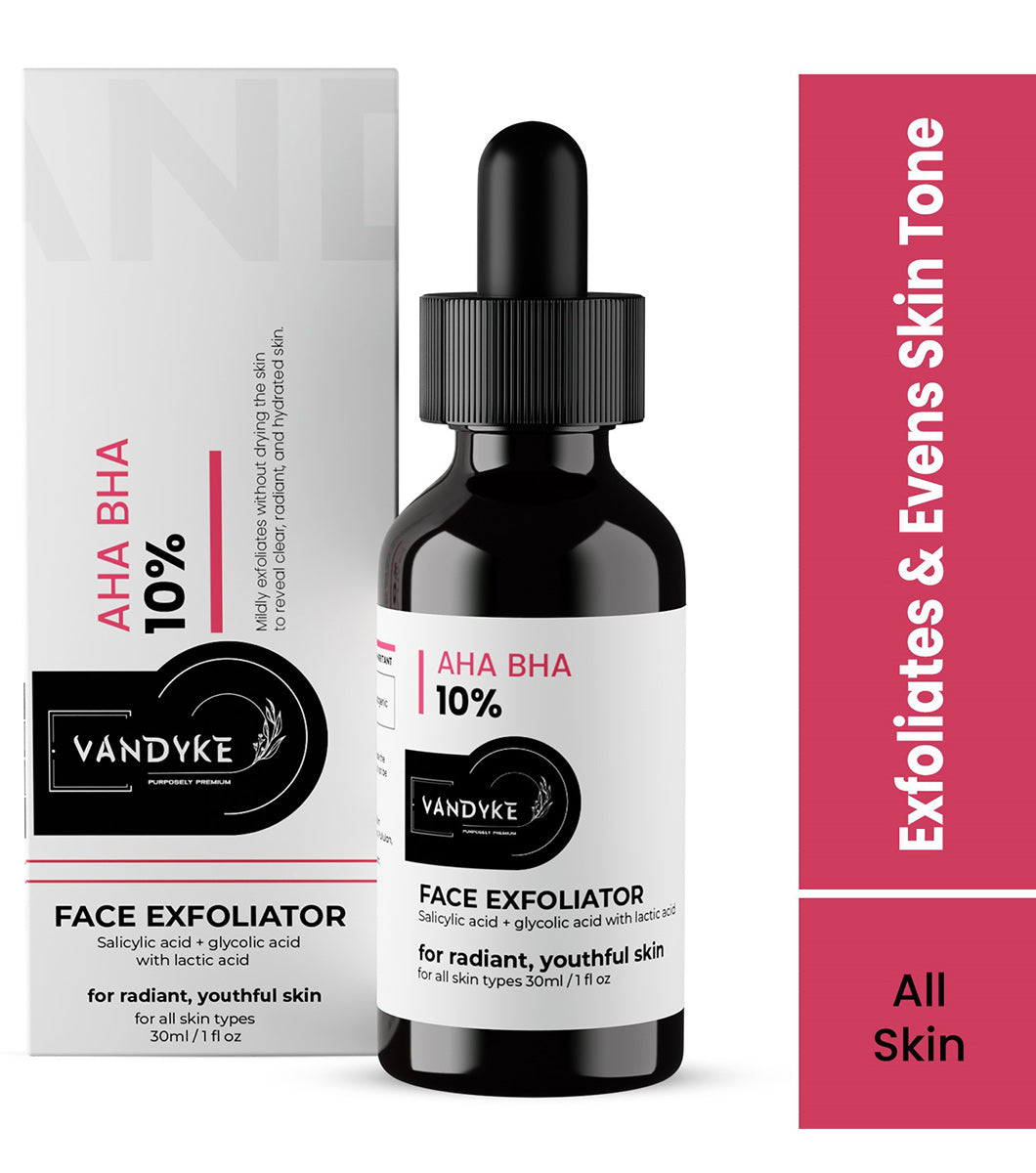
Layering Kojic Acid and Achieve Brighter and More Even Skin

Layering Kojic Acid and Achieve Brighter and More Even Skin
Many people are frustrated by skin discoloration, hyperpigmentation, and uneven skin tone. The good news is that a variety of substances have been shown to be useful in resolving these issues. Kojic Acid, for example, is well-known for its skin-brightening qualities. To reap the most advantages from Kojic Acid, it’s critical to learn how to include it into your skincare regimen efficiently through layering. Vandyke will go over the science behind Kojic Acid, its role in skincare, the step-by-step layering technique, and professional recommendations to help you achieve brighter, more even skin in this thorough guide.
What is Kojic Acid and How Does Kojic Acid Work?
Before delving into the layering process, it’s essential to grasp the fundamentals of Kojic Acid:
Kojic acid is a naturally occurring chemical generated by fungus such as Aspergillus oryzae. Its skin-brightening and lightening effects make it popular in skincare products. Kojic acid is a strong inhibitor of tyrosinase, a major enzyme in melanin formation. Kojic Acid efficiently lowers melanin formation by inhibiting tyrosinase activity, resulting in a visible reduction in hyperpigmentation and a more uniform skin tone. As a result, Kojic Acid is a beneficial element in solutions meant to treat hyperpigmentation disorders such as age spots, sunspots, melasma, and other kinds of hyperpigmentation.
The Crucial First Step
Safety should always be a priority when introducing new skincare products into your routine, including Kojic Acid. A patch test is a straightforward yet essential process:
- Why Patch Testing Matters
Kojic acid is a naturally occurring chemical generated by fungus such as Aspergillus oryzae. Its skin-brightening and lightening effects make it popular in skincare products. Kojic acid is a strong inhibitor of tyrosinase, a major enzyme in melanin formation. Kojic Acid efficiently lowers melanin formation by inhibiting tyrosinase activity, resulting in a visible reduction in hyperpigmentation and a more uniform skin tone. As a result, Kojic Acid is a beneficial element in solutions meant to treat hyperpigmentation disorders such as age spots, sunspots, melasma, and other kinds of hyperpigmentation.
If your skin is sensitive and you are concerned about the side effects then you can choose vandyke 2% kojic acid cream for your skin brightening.
The Art of Layering of Kojic Acid
Now, let’s go into the detailed technique for properly stacking Kojic Acid in your skincare routine. To reap the most benefits from Kojic Acid, it is critical to incorporate it in the following order:
- Begin with Cleansing
The first step in any skincare routine should always be cleaning. By cleaning your skin, you remove impurities, excess oil, makeup, and toxins from the environment. A clean canvas is required for your skincare products to work properly. Use vandyke 1% salicylic acid gel face wash for your skin.
- Kojic Acid Serum Application
Kojic Acid is most typically accessible as serums or creams. A Kojic Acid serum is often advised for effective and uniform application. Apply a few drops or a thin coating of Kojic Acid serum to your entire face or to hyperpigmented regions.
You can also use kojic acid cream. The best one is 2% kojic acid cream for your skin.
- Allow for Absorption
It’s critical to give your skin time to absorb the Kojic Acid cream after applying it. This normally takes a few minutes, during which you can move on to other aspects of your skincare routine.
-
Follow with Moisturization
Apply a good moisturizer after using Kojic Acid. Moisturizers are essential for keeping your skin hydrated while also contributing to a healthy complexion.
Choose the moisturizers as per your skin type if your skin is dry use vandyke marula oil 05% moisturizer for your skin. But if your skin is oily then you can vandyke sepicalm 03% moisturizer.
- Non-Negotiable Sunscreen
Sunscreen should be the final step in your morning skincare routine. Choose a broad-spectrum sunscreen with an SPF of 50 or higher. Here’s why utilizing Kojic Acid is unavoidable: Kojic Acid might make your skin more vulnerable to the damaging effects of UV light. Prolonged sun exposure can worsen hyperpigmentation and undo improvement. Therefore,
- If you are looking for 50 spf sunblock. Then you can choose vandyke SPF 50 sunscreen for your skin. 50 spf face sunscreen will be the best spf 50 sunblock. This sunscreen with 50 spf is enough for your daily skin protection.
Proven Tips for Enhanced Kojic Acid Layering
Here are some advanced tips to enhance the efficacy of your Kojic Acid layering routine:
- Consistency is Crucial
To reap the benefits of Kojic Acid, it must be used on a regular and consistent basis. Make it a habit by including it into your morning or evening routine.
- Gradual Introduction
If you’re new to Kojic Acid, start with a product with a lesser concentration. This progressive approach reduces the possibility of skin discomfort. You may gradually increase your focus as your skin adjusts.
- Monitor for Irritation
Keep an eye out for any indications of inflammation on your skin. This might include things like redness, stinging, or extreme dryness. If any of these symptoms appear, limit the frequency of Kojic Acid treatment or consult a dermatologist to adjust your regimen efficiently.
Patience is Key
When including Kojic Acid into your skincare routine, keep in mind that obtaining a brighter, more even skin tone takes time. Results may not be seen right away and may take several weeks to months of constant use. In the meanwhile, using sunscreen to protect your skin from UV rays and avoid additional hyperpigmentation is essential.
Conclusion
When administered correctly, Kojic Acid has the potential to provide brighter, more even skin. You may unlock the full potential of this exceptional substance by following the extensive layering technique indicated in this book and heeding professional advice. You’re on your way to renewed and glowing skin with commitment, patience, and knowledgeable application. So, let Kojic Acid work for you and say hello to a brighter, more confident self.





































